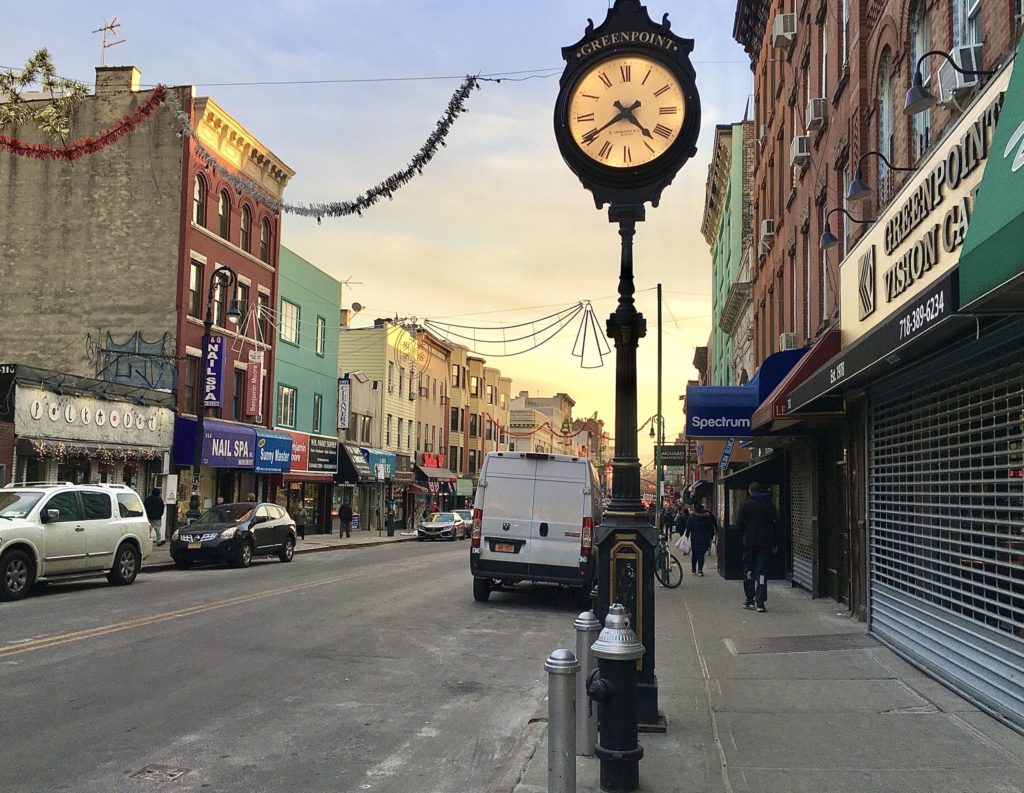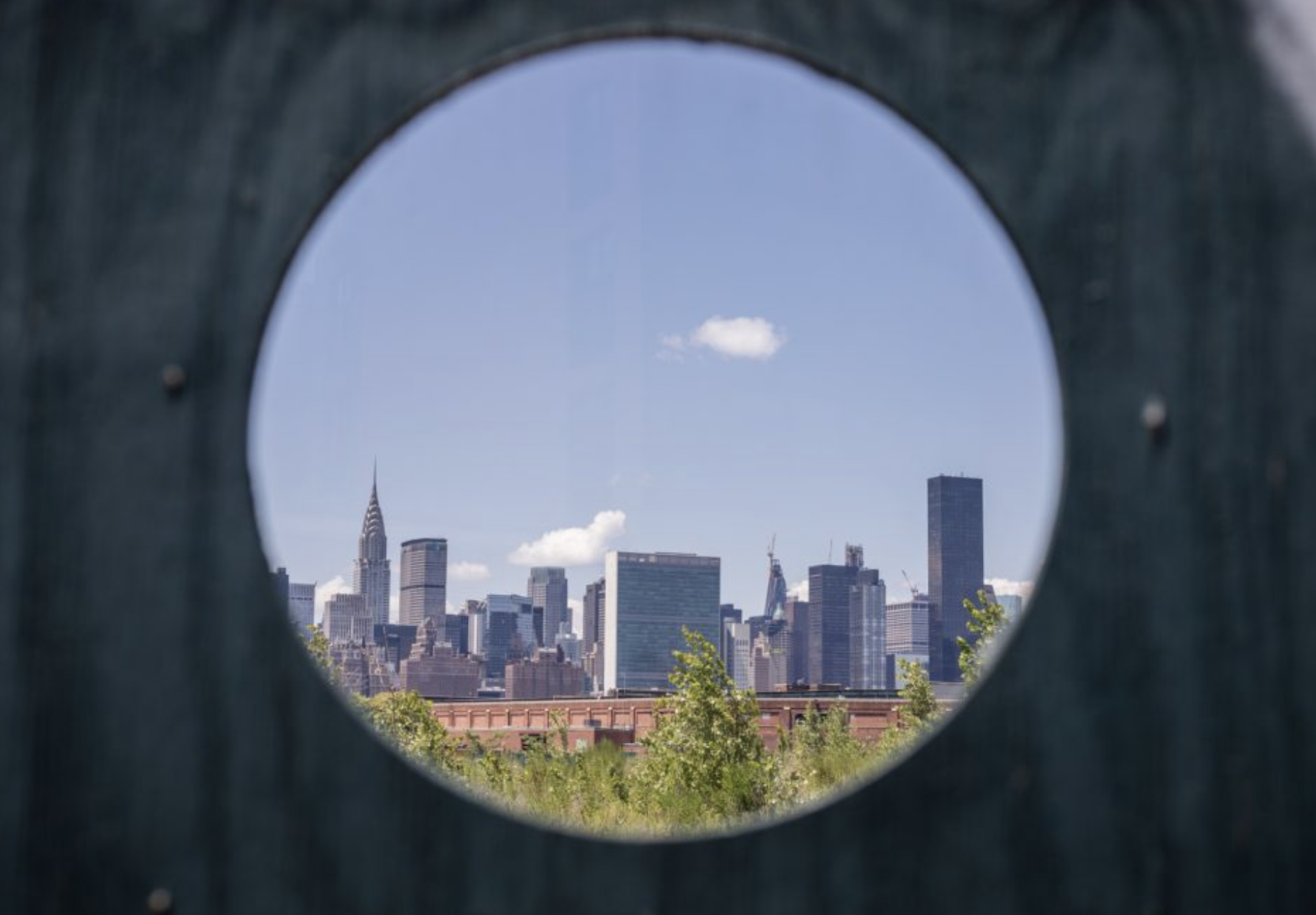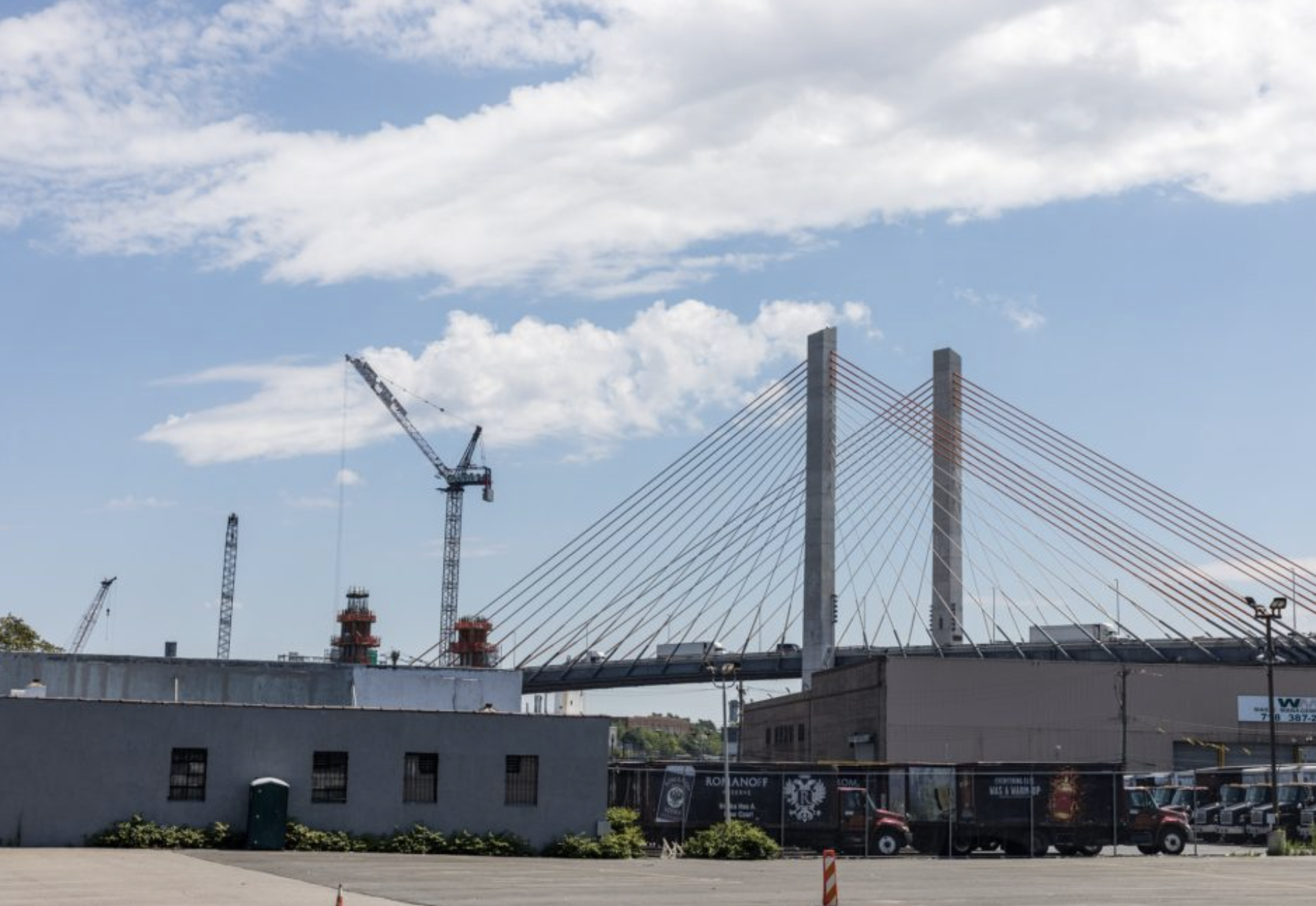Greenpoint History
Greenpoint has long held a dynamic of industrial mixed with residential.
The Dutch acquired the land from the Keskachauge Indians in 1638 and named it for a grassy stretch of land on the East River. After 1840, the neighborhood developed into a center for shipbuilding and became known as the birthplace of the famous ironclad Civil War ship, the Monitor. With development of the neighborhood’s piers increasing in the late 1800s, streets and lots were carefully planned, causing almost all the streets that run parallel to the river to be in alphabetical order from north to south.
Alongside Williamsburg, Greenpoint was known for the black arts: printing, pottery, petroleum and gas refining, glassmaking and iron making. In later years, more than 50 oil refining companies were based in Greenpoint. But the area struggled through the early 20th century as demand for shipbuilding, light manufacturing and warehousing declined in Brooklyn. From World War II to the present though, Greenpoint has been invigorated and filled by a community of immigrants and hipsters.









